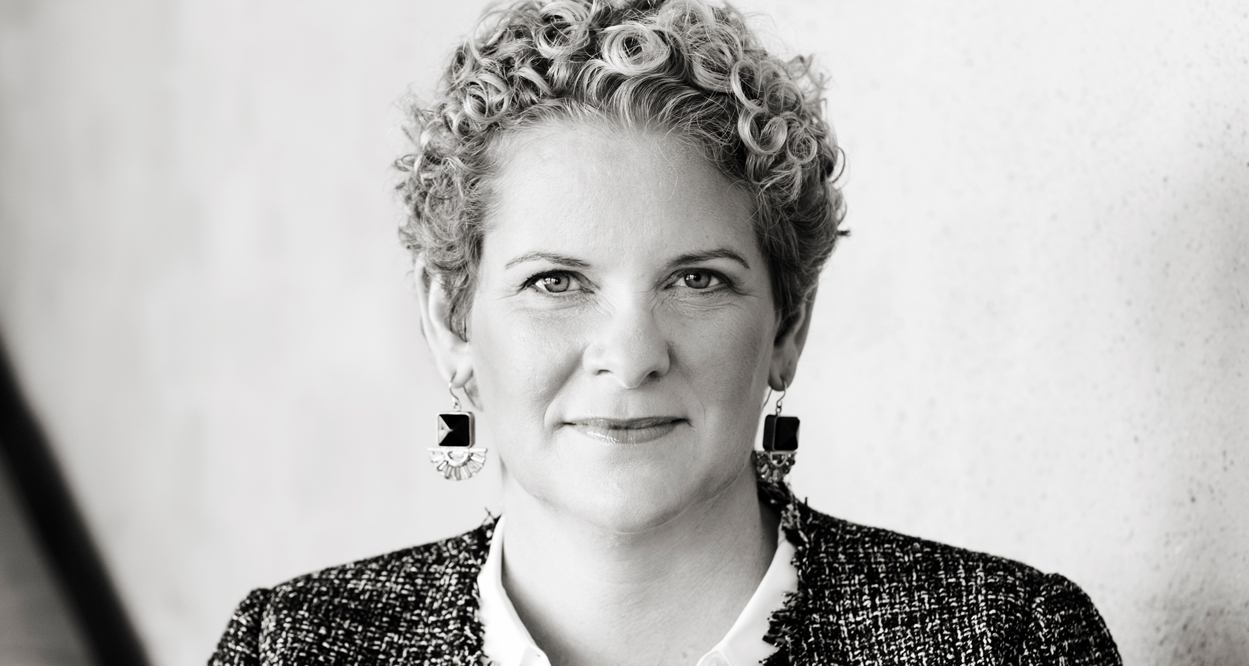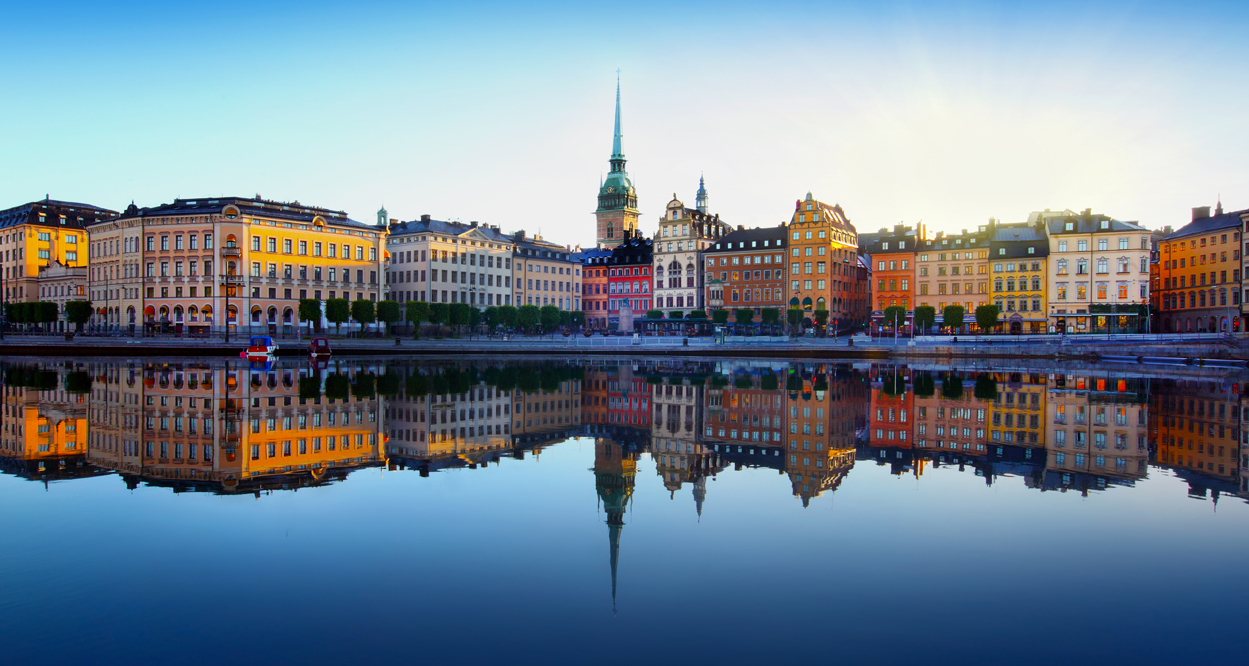
As cities become more influential in an increasingly complex world, Karin Wanngård, Mayor of Stockholm City, talks about what it takes to successfully navigate this opportunity.

Stockholm, was founded in the year 1252. Today, my city is at the forefront of the technological revolution. Attracting the world’s leading IT-companies as well as skilled professionals from all over the world—new and thriving companies are started here every week. Many factors contribute to this. Stockholm is a beautiful, old, quaint and attractive city to live in. We have a high-skilled labour force, mainly due to education—from kindergarten to university—being free of charge. Health care is universal, and Stockholm offers a wide range of cultural activities and green areas.
Stockholm’s fast-paced growth is a success story, but it is also a story that comes with a wide range of challenges. We have a housing shortage that, if not fixed, may deter people from moving here. We need to expand the city, but this must be done in a sustainable way; Stockholm’s good environment being one key factor for many when deciding to live and work here. I strongly believe that the solution lies in welcoming and applying new technology
We have the ambitious goal that Stockholm should be the smartest and most connected city in the world. When it comes to connectivity we are far ahead, having established a company, Stokab, owned by the city that provides dark fibre—reaching 90 percent of the households and 100 percent of businesses. The basic philosophy behind it being that access to fibre infrastructure is a strategic utility for the city—just like water.
Having solid infrastructure in place is, of course, a pre-requisite when building smart cities. But again, the crucial part lies within the process of application. There’s no use in installing faucets in every home, if the water is undrinkable. This is where political will and decision-making comes in.
Some of the most interesting things are the developments made within open data, big data and Internet of Things (IoT). Combining big data, open data and IoT provides endless possibilities.
There are many examples. Soon, traffic planning can be done in real time, based on open and big data, providing information on traffic jams before they occur to speed up transport and decrease congestion. Automatic control of flow in storm drains to avoid flooding; parking spaces that communicate when they are free; smart and connected lamp posts providing street lighting when needed to save energy and that can measure particle concentrations in the air as well as providing Wi-Fi.
A smart city is also a sustainable city. Finding ways to build sustainable cities and regions will provide those that succeed with a competitive advantage.
A smart city is also a sustainable city. Finding ways to build sustainable cities and regions will provide those that succeed with a competitive advantage. Most people want to live in healthy and good environments, this will in turn attract talent and businesses to those that can offer it.
Tackling climate change is therefore a growth opportunity for cities as it raises the standard of living for citizens and helps attract businesses. And I truly believe that cities can succeed if there is political will and an openness to embrace new technology, while keeping their historical heritage in the process. From old to smart, without losing one’s history.
Image Credits:
Karin Wanngård portrait supplied by Karin Wanngård
Stockholm City / Shutterstock